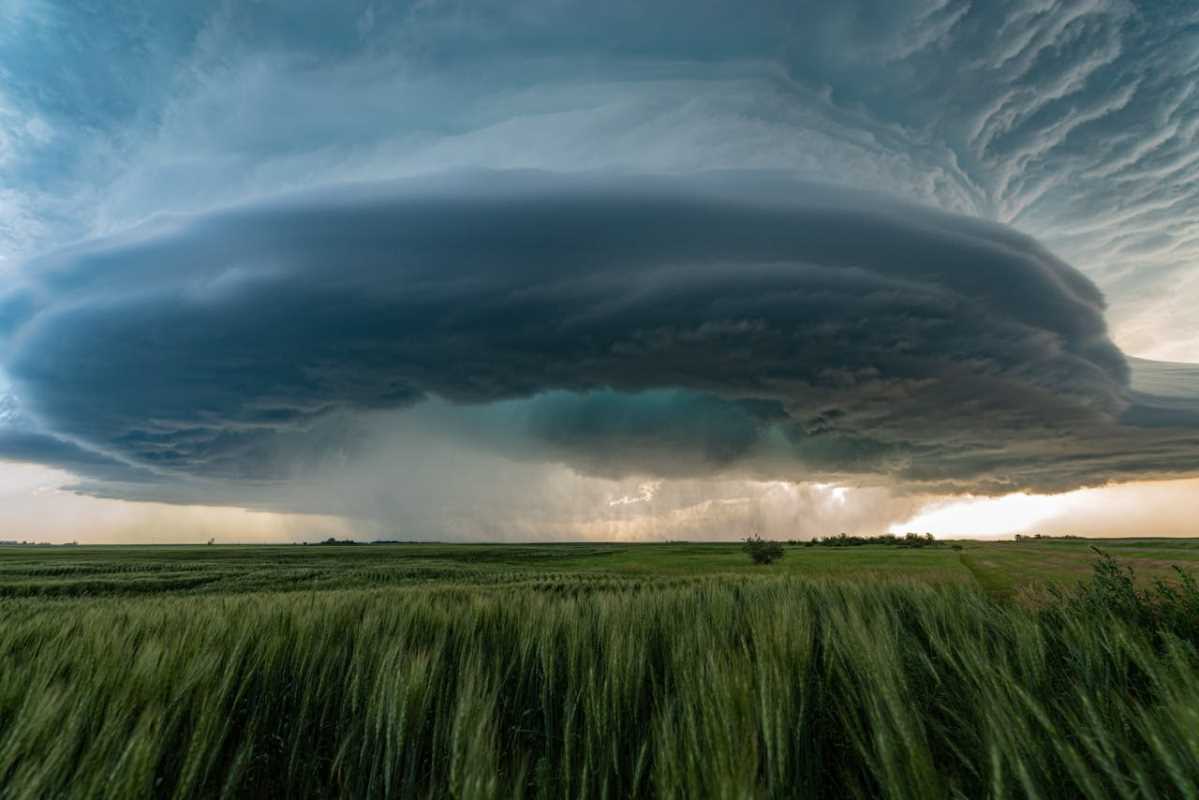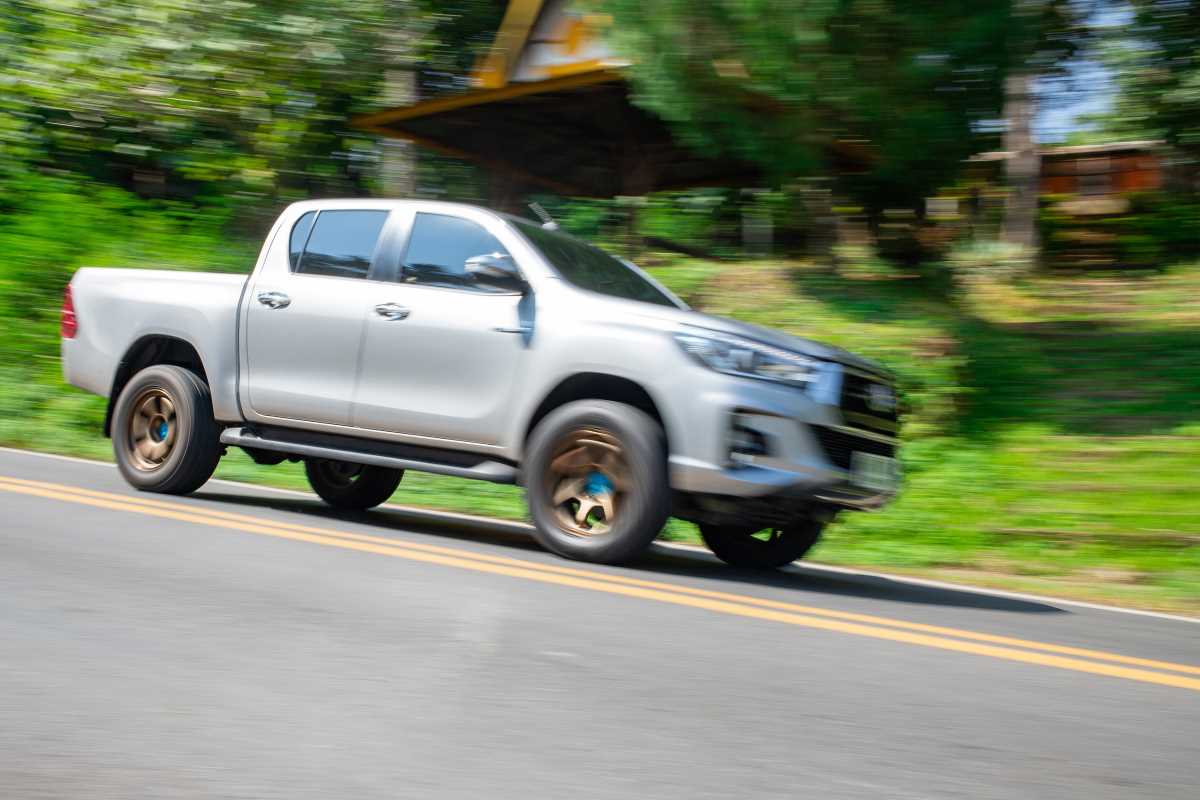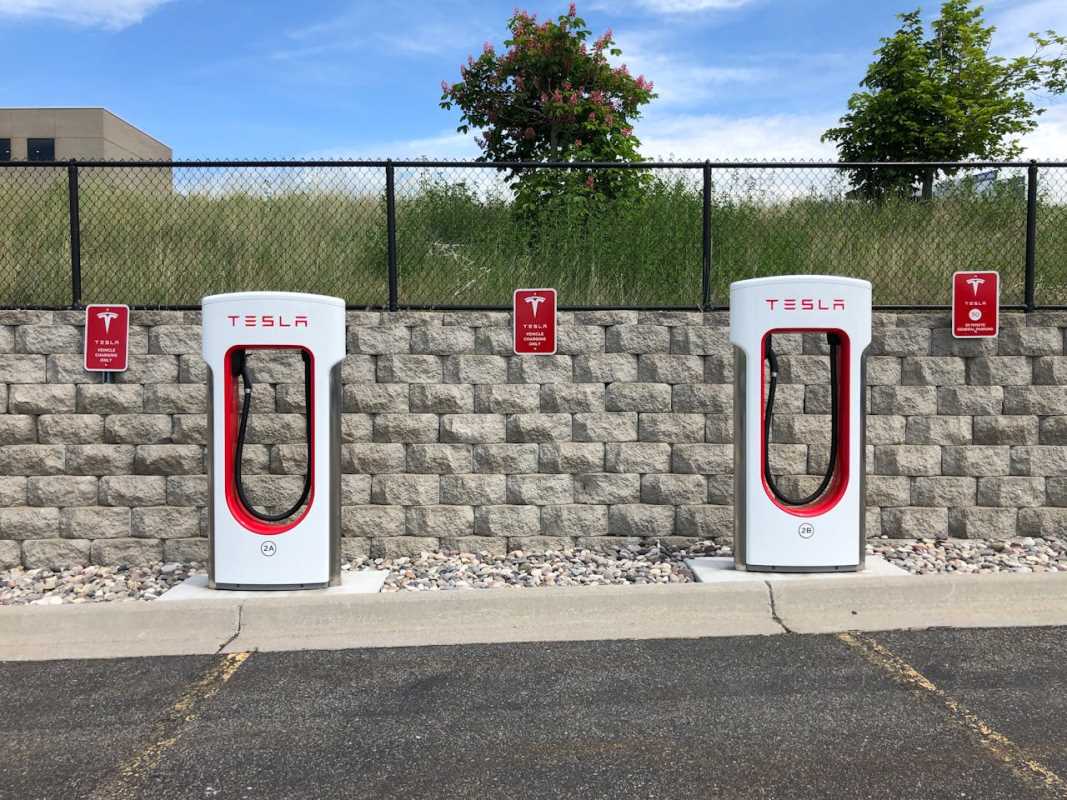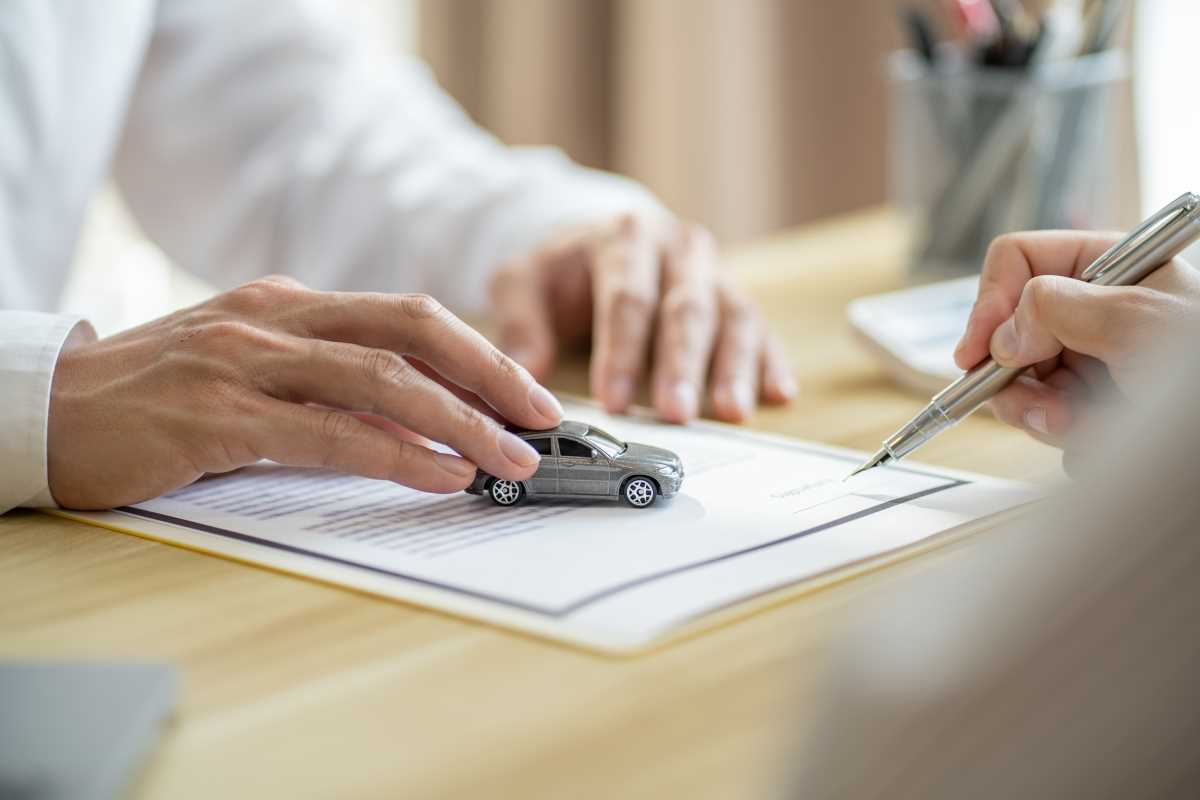Natural disasters can be overwhelming, bringing powerful winds, rising waters, or shaking ground that can change lives in an instant. Amidst the chaos of preparing your family and home, it’s easy to overlook what might happen to your vehicle. Understanding your car insurance policy before a disaster strikes is a powerful step you can take to protect one of your most valuable assets. We're here to walk you through it, so you feel confident and prepared. Knowing what your policy covers—and what it doesn’t—can make all the difference during recovery. This guide will help you understand your coverage, so you can face the unexpected with a clear plan.
The Key to Coverage: Comprehensive Insurance
The single most important part of your auto insurance policy for natural disaster protection is comprehensive coverage. This is an optional coverage that pays for damage to your vehicle from non-collision events. While liability coverage protects you from costs related to damaging other people's property, and collision coverage handles accident-related damage to your own car, comprehensive coverage is what steps in for the "acts of God" and other unexpected situations.
You should think of comprehensive coverage as your shield against the unpredictable. It typically covers a wide range of events, including theft, vandalism, falling objects, fire, and animal collisions. Crucially, it is also the part of your policy that addresses most damage caused by natural disasters. Without it, you will likely have to pay for any repairs or replacement costs out of your own pocket.
What Types of Natural Disaster Damage Are Covered?
Comprehensive coverage is broad, but it’s helpful to know exactly how it applies to specific types of disasters. We’ve got you covered with a breakdown of common scenarios and how your policy can help.
Floods
Floods are one of the most common and destructive natural disasters. Water can cause devastating damage to a vehicle, ruining the engine, electrical systems, and interior. Your comprehensive coverage is designed to handle this.
- What's covered: Damage from rising water, whether from a hurricane storm surge, overflowing rivers, or heavy rainfall, is typically covered. This includes water damage to the engine, rust, and ruined upholstery.
- Total loss: Cars that have been submerged are often declared a "total loss" by insurance companies because the cost of repair is more than the vehicle's actual cash value (ACV). In this case, your insurer will pay you the ACV of your car, minus your deductible.
Hurricanes and Windstorms
Hurricanes, tornadoes, and severe windstorms bring a dual threat: high winds and the debris they carry. Comprehensive coverage can protect you from both.
- What's covered: Damage caused by the wind itself, such as a tree falling on your car, is covered. It also covers damage from wind-blown objects, like shingles, signs, or other debris striking your vehicle.
- Actionable tip: You can’t stop the wind, but you can minimize risk. We encourage you to park your car in a garage or covered structure if a major storm is approaching. Parking away from large trees and power lines can also help reduce the chance of damage.
Earthquakes
While less common in some regions, earthquakes can cause significant vehicle damage. The ground shaking can cause your car to roll into objects, or it can lead to structural collapses.
- What's covered: Your comprehensive policy should cover damage resulting directly from an earthquake. This could include damage from a carport collapsing on your vehicle or from cracks in the road causing you to lose control and hit something.
- Important note: Damage that occurs because you were driving during an earthquake and hit another car would likely fall under your collision coverage instead. The specifics can get tricky, so it’s always best to document the situation thoroughly.
Wildfires and Hail
Wildfires can spread with terrifying speed, and hailstorms can appear with little warning. Both can leave your car with extensive damage.
- What's covered (Wildfires): Comprehensive coverage pays for damage from fire, smoke, and ash. If your car is caught in a wildfire, this coverage will help pay for repairs or replacement.
- What's covered (Hail): Hail can leave your car covered in dents and can even break windows. This is a classic example of what comprehensive coverage is for. An adjuster will assess the extent of the damage to determine the repair cost.
What Is Not Covered by Standard Auto Insurance?
Knowing the limits of your policy is just as important as knowing its benefits. We’re here to make sure you have the full picture.
Personal Belongings Inside Your Car
A common misconception is that auto insurance covers personal items stolen from or damaged in your car. This is not the case. If a flood ruins a laptop you left in your vehicle, or a thief breaks in and steals your gym bag, your comprehensive coverage will pay for the broken window, but not the items themselves.
Protection for personal belongings typically comes from your homeowners or renters insurance policy. You’ll need to file a separate claim with that insurer, and that policy’s deductible will apply. Our advice is to always remove valuable items from your vehicle, especially when a storm is forecasted.
Driving Into a Puddle After a Storm
Intentional acts or clear negligence can sometimes lead to a denied claim. For example, some insurers may dispute a claim if you knowingly drive through a heavily flooded street. They might argue that the damage was avoidable. While this is not common, it highlights the importance of using good judgment. Local authorities often advise residents to "turn around, don't drown" for a reason—it protects both you and your property.
Planning Ahead: Key Steps to Take Now
You don't have to wait for a disaster to get prepared. Taking a few simple steps today can give you peace of mind and make the recovery process much smoother.
Review Your Policy Today
The best time to understand your insurance is before you need it. Pull out your policy documents or log into your online account and check for comprehensive coverage. If you don't have it, we encourage you to consider adding it. The cost is often very reasonable, and the protection it offers is invaluable, especially if you live in an area prone to severe weather. Pay attention to your deductible—this is the amount you’ll need to pay out of pocket for a claim. You might choose a lower deductible for more complete protection or a higher one to save on your premium.
Create a Vehicle Inventory
Just like a home inventory, a vehicle inventory can be extremely helpful. Take clear photos and videos of your car’s interior and exterior. Keep a record of the Vehicle Identification Number (VIN), make, model, and year. Store these documents and your insurance information in a waterproof bag or digitally in the cloud, so you can access them from anywhere. This documentation will be a huge help when it's time to file a claim.
Filing a Claim After a Disaster
Should the worst happen, we're here to support you through the claims process. Here’s what you can do to get started:
- Prioritize Your Safety: Your first priority is always your safety and the safety of your family. Do not approach your vehicle if it is in a dangerous location, such as under a downed power line or in standing water.
- Document the Damage: Once it is safe, take extensive photos and videos of the damage from every angle. The more evidence you have, the smoother the claims process will be.
- Contact Your Insurer Promptly: Report the claim as soon as you can. You can usually do this online, through a mobile app, or by calling our claims center.
- Prevent Further Damage: If possible, take reasonable steps to protect your car from more damage. This might mean covering a broken window with a tarp. Keep receipts for any supplies you buy, as these may be reimbursable.
Navigating Your Next Steps
Facing a natural disaster is tough, but you don't have to go through it alone. Understanding your auto insurance is a key piece of the recovery puzzle. By ensuring you have comprehensive coverage and knowing what to do after a storm, you empower yourself to bounce back faster. Connect with an agent today to review your policy and get answers to your questions. We're here to help you feel secure, no matter what the weather brings.
 (Image via
(Image via





